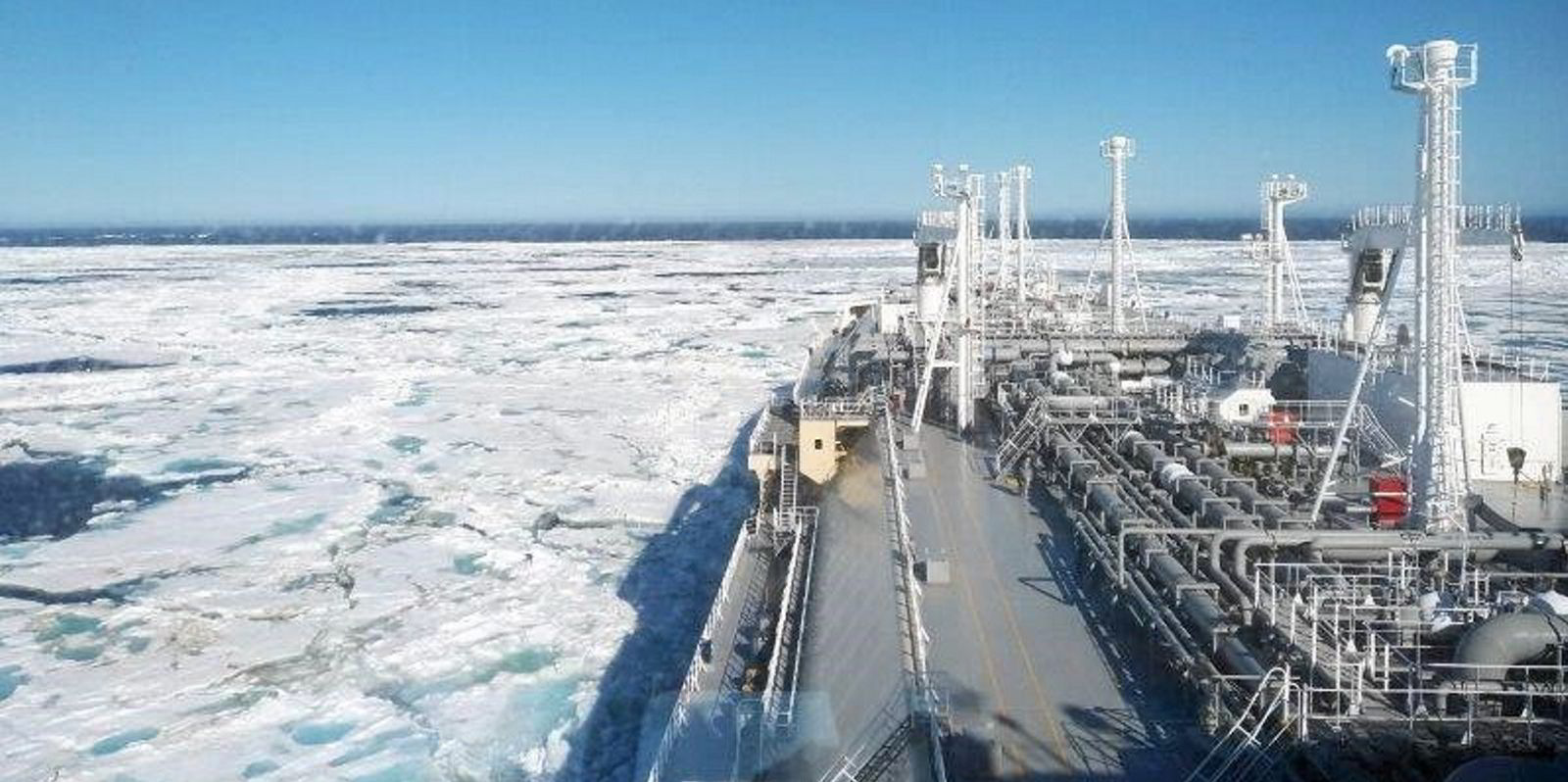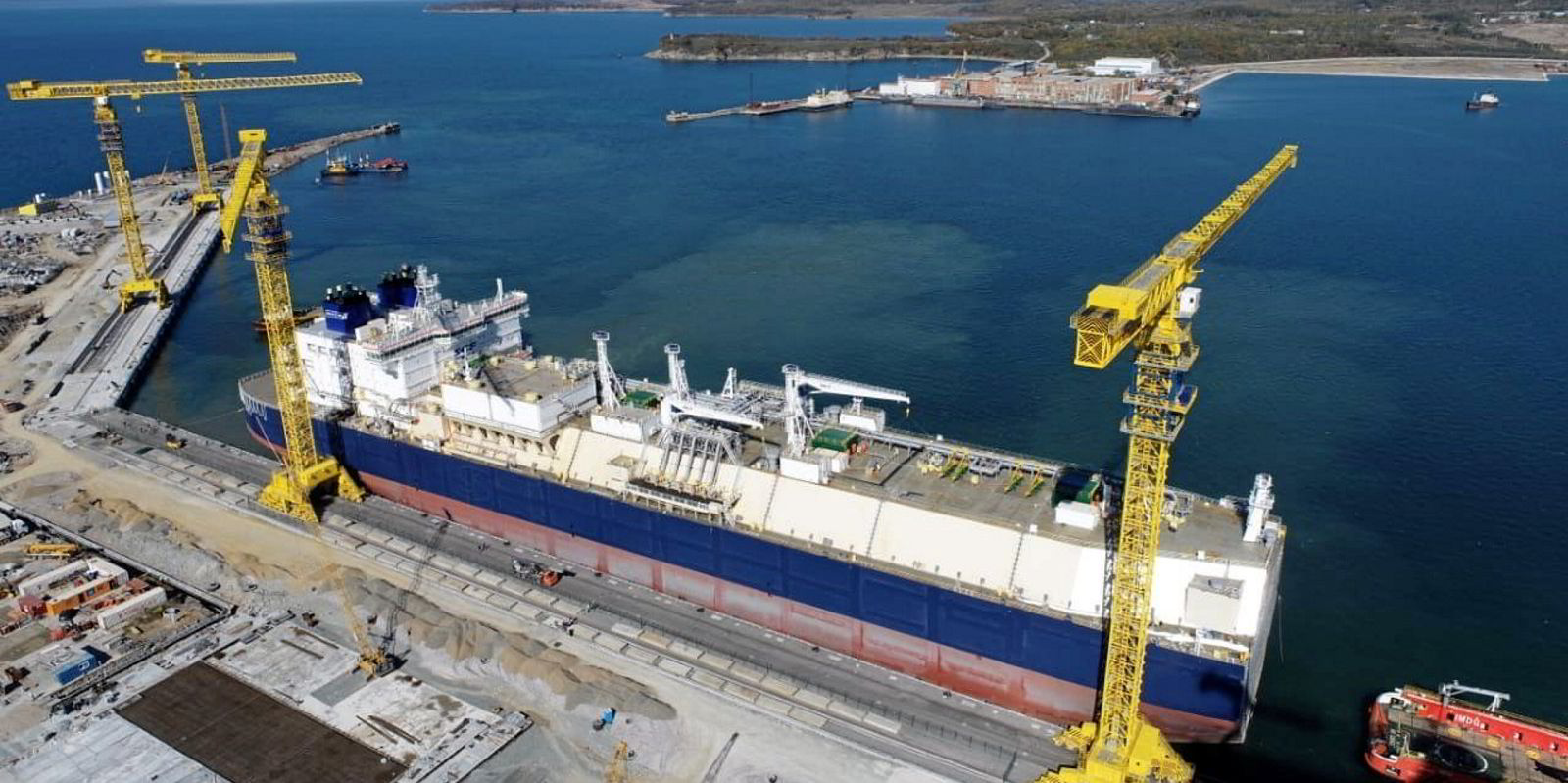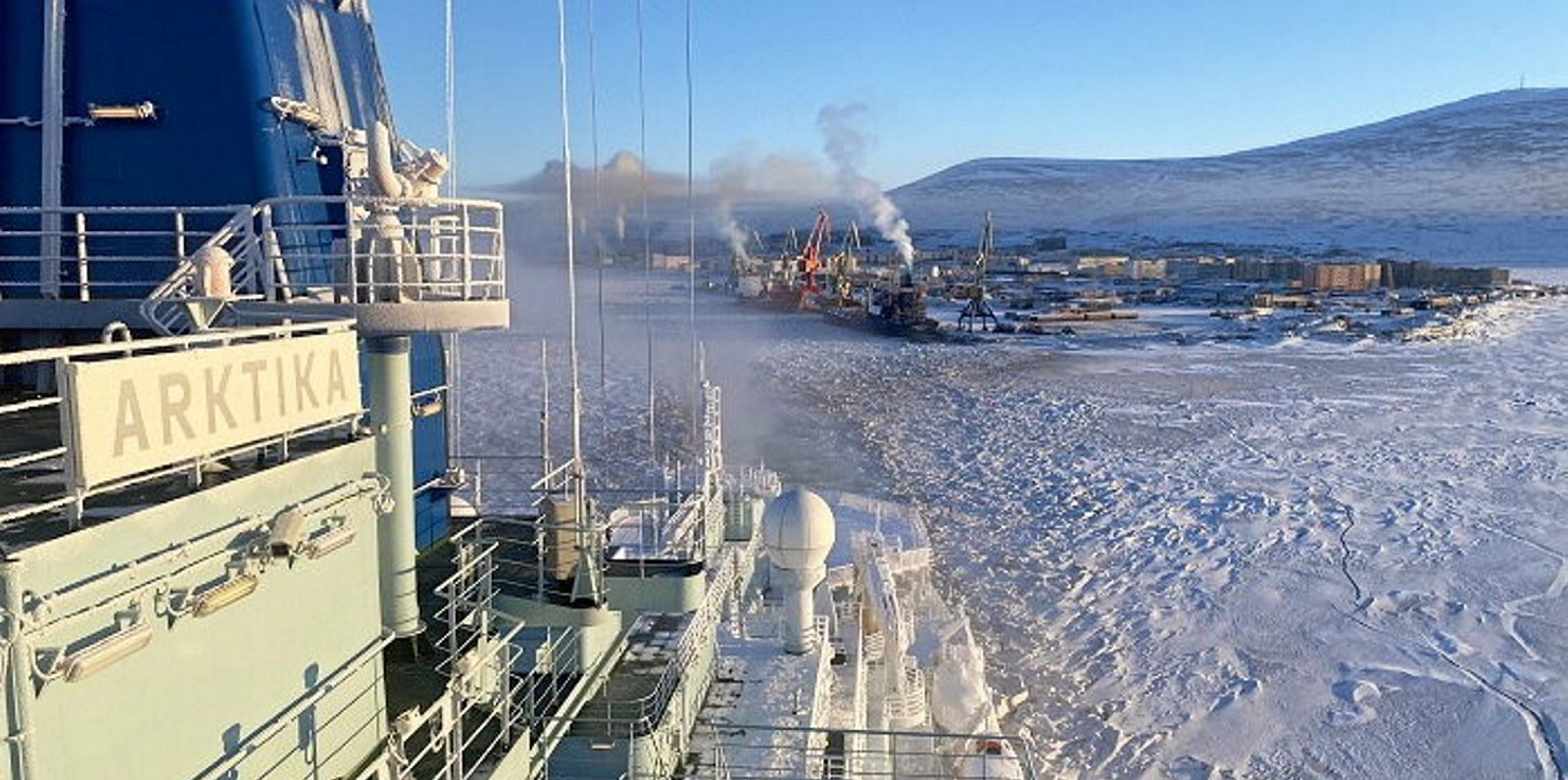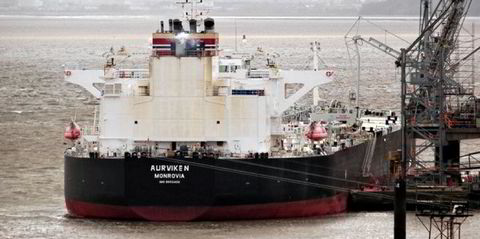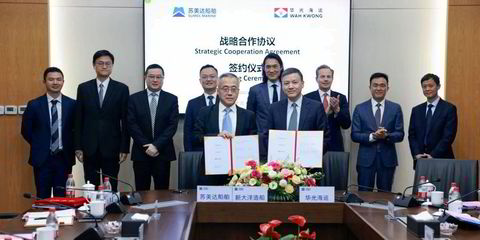An ice-breaking LNG carrier is nearing its destination after a return trip voyage through tough ice conditions in the eastern part of the Northern Sea Route (NSR).
The 172,600-cbm Boris Vilkitsky (built 2017) left Novatek’s Yamal LNG plant with a cargo on 8 December and sailed via the NSR to China.
The Dynagas-owned, Yamal Trade-chartered vessel delivered its shipment to the Tianjin LNG terminal on 29 December and immediately set out on the return trip.
Arctic weather watchers said harsh winter conditions kicked in later this year along the NSR route.
Ship data trackers said Rosatom-controlled Atomflot FSUE’s lead nuclear-powered ice breaker Arktika (built 2020) sailed east to meet the LNG carrier.
One described the LNG carrier as “struggling” mid-way through the East Siberian Sea where accumulations of multi-year ice have built up.
Once it met with Arktika, it sped up cutting through two-metre ice at 3 knots following in the wake of the ice-breaker through the Leptev Sea.
The Arc7 LNG carrier is currently in the Kara Sea and looks set to arrive back at the Yamal LNG plant shortly.
This is not the first time Russia has sent LNG cargoes through the NSR in January. But shipping Yamal cargoes eastbound ties up scarce ice-breaker capacity when ice conditions get tough.
This first generation of 15 Arc7 LNG carriers were designed with ice-breaking bows that can cut through ice of up to 2.1 metres thickness.
Russia wants to open up the NSR for shipping to year-round shipping and the warming climate is changing ice conditions in the region.
The Russian meteorological service declared 2022 as the second warmest year on record for the country and US data shows that the average Arctic sea ice extent for December 2022 was 11.92 million square kilometres — the seventh lowest for that month.
But the next two specialised LNG carriers which have recently loaded at Yamal look set to avoid the tougher ice conditions to the east and are set to take the westbound route.
The 172,600 Fedor Litke (built 2017) and sistership Rudolf Samoylovich (built 2018), are signalling voyages to France’s Montoir LNG terminal and Zeebrugge LNG in Belgium.
Europe is continuing to import Russian LNG while simultaneously moving away from other products and being cut off from pipeline gas.
In 2022 some 34m tonnes of cargo was shipped along the Arctic sea route, almost 1 mt more than in the previous year. Of the total LNG and condensate accounted for the bulk of the shipments or 20.5 mt.
Russia has previously stated its ambitions to increase total NSR traffic to 80 mt by 2024 and 110 mt by 2030.
